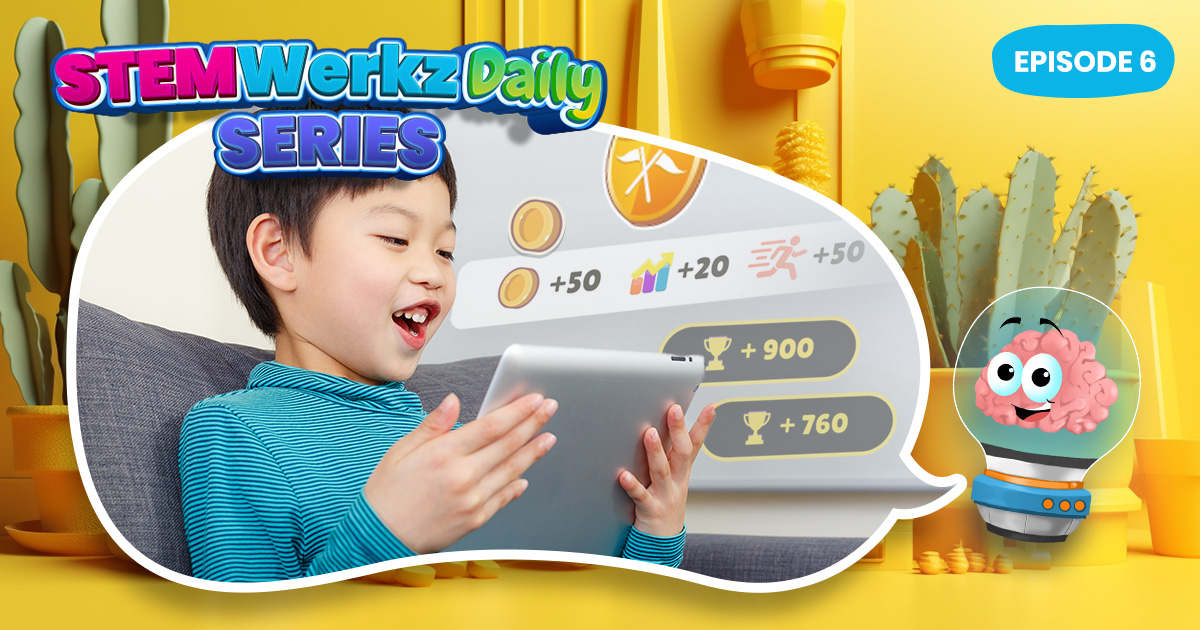It was a chilly winter afternoon when I was visiting a friend’s house. As I absentmindedly left the window ajar, my friend exclaimed, “Close the window! You’re letting the cold in!” We shared a good laugh, but it got me thinking: is cold something that actually “comes in”, or are we, in fact, letting the heat out?

Heat Moves, Cold Doesn’t
To understand the science behind this, we must delve into the realm of thermodynamics, a fascinating area within STEM. At its core, thermodynamics studies the movement of heat. It’s a fundamental principle that heat moves from a warmer body to a cooler one. This is why if you place an ice cube in a cup of hot tea, the ice melts – the heat from the tea transfers to the cooler ice cube.
Cold, as we perceive it, is the absence or reduction of heat. When you open a window on a cold day, the warm air inside your home moves out, replaced by the colder outside air. In essence, it’s not so much that you’re “letting the cold in” but rather you’re allowing the heat to escape.
Our Bodies as Heat Detectors
Humans have a keen ability to detect changes in temperature, thanks to our skin’s myriad thermoreceptors. When the ambient temperature drops, these receptors send signals to our brain, which we interpret as feeling “cold”. Conversely, when it’s hot, we sense the warmth. It’s all a matter of how molecules move. Faster-moving molecules (heat) bump into our skin more frequently, causing the sensation of warmth, while slower-moving molecules give us the feeling of cold.


But Why Does This Matter in STEM Education?
As innocuous as the notion of heat and cold might seem, it forms the basis of countless phenomena and technologies around us. From the functioning of our refrigerators to the reason our cars take a while to warm up in the winter, the principles of heat transfer are at play.
In STEM education, understanding such foundational concepts is pivotal. By grasping these principles early on, children are better equipped to tackle more complex topics in science and engineering down the line.
Looking Ahead
As our world grapples with the impacts of global warming and the changing climate, the principles of heat transfer and thermodynamics are becoming more relevant than ever. Comprehending how heat works on a fundamental level is crucial for future innovations and solutions in energy efficiency, sustainability, and climate science.
So, the next time someone tells you that you’re letting the cold in, you can cheekily correct them. And perhaps, in that moment, ignite a spark of curiosity about the wondrous world of STEM.
Educate for a Sustainable Future
Equip your child with the tools and knowledge they need to face the challenges of tomorrow. STEM doesn’t just teach facts—it cultivates understanding and critical thinking.
Start today by introducing your young one to the dynamic world of STEM with our 7-day free trial at STEMWerkz. Together, let’s build a brighter, more informed future.






